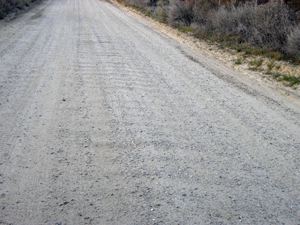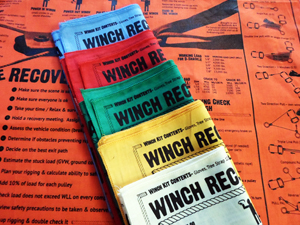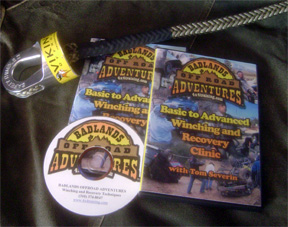 An average washboard road. Death Valley roads are worse!
An average washboard road. Death Valley roads are worse!
|

Waiting for breakfast - Rasor OHV (Click picture for a larger image.) |

Click for higher resolution image |

(Click picture for more details) |
I hope to see you on the trails!
Tom Severin, President
Badlands Off Road Adventures, Inc.
4-Wheel Drive School
310-613-5473
http://www.4x4training.com
Make it Fun. Keep it Safe.
#####
If you find this information valuable, please pass it on to a friend. You can forward them the email.
If you received a forwarded copy of this newsletter and would like to subscribe for yourself, go to:
www.4x4training.com/contacts.html
and follow the instructions to join our mail list.
Want To Use This Article In Your Magazine, E-Zine, Club Newsletter Or Web Site?
You are welcome to use it anytime, just be sure to include the following author/copyright information:
Tom Severin, 4x4 Coach, teaches 4WD owners how to confidently and safely use their vehicles to the fullest extent in difficult
terrain and adverse driving conditions.
Visit www.4x4training.com to develop or improve your driving skill.
Copyright 2014, Badlands Off-Road Adventures, Inc.
| Back | | Phone 310-374-8047 |